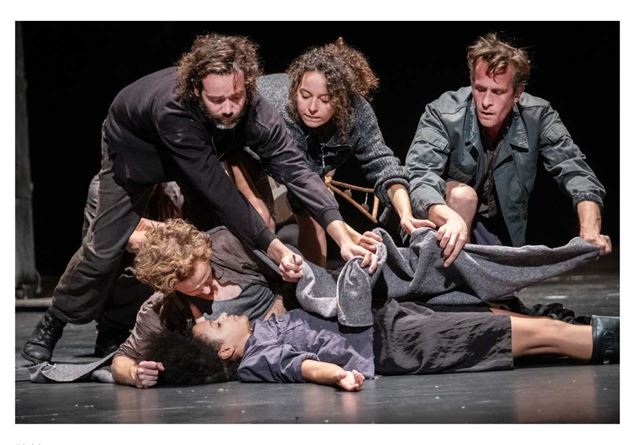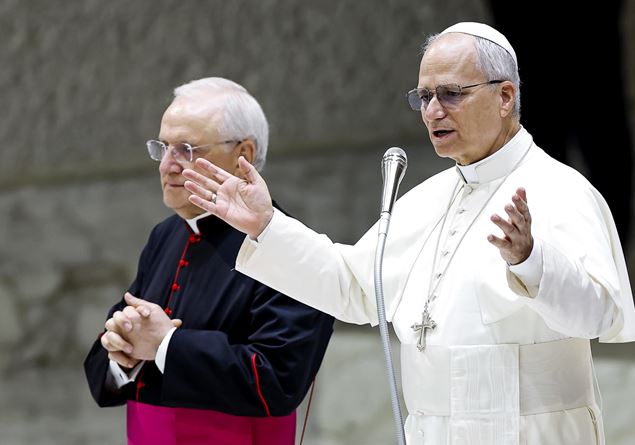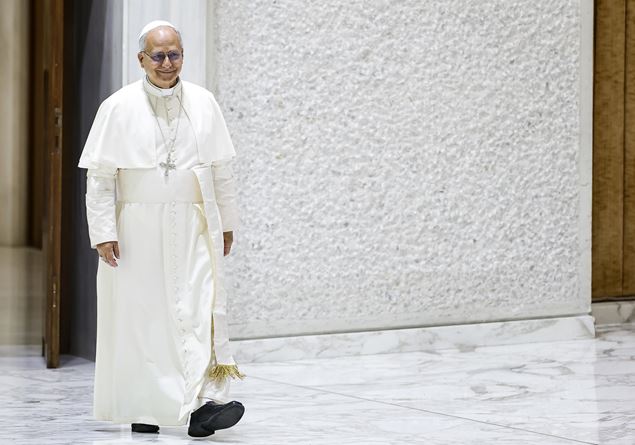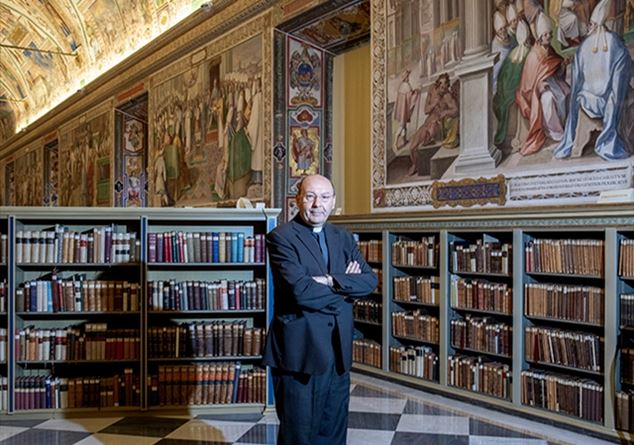Invited by Claudio Longhi in 2020 at the Vie Festival of Emilia Romagna Teatro – then canceled due to the pandemic -,, The Belgian collective FC Bergman returns to the Piccolo Teatro Strehler with a new job inspired by the poem of Hesiod The works and days, of the eighth century BC Works and Days, International co-production between Toneelhuis and Piccolo Teatro in Milan, it was staged for only three replies, from 28 to 30 May, and retains that same poetic-artistic sensitivity that Longhi had already cultured years earlier: an imaginative theater that declares the word in favor of vivid images, buttons, capable of living in the scene and catalyzing the gaze, in a significant sequence of narrative actions.
When the axes of the Piccolo Teatro Strehler come fenies from a plow and the wooden splinters fly like confetti between the first rows of the audience, the declaration of intent of the show is clear: Do not tell, but to make an ancient condition live on the stage, in which conviviality, collective work in the fields, the time of the party and rest, the ritual and the myth revolved around the cycle of seasons.
Hesiod, in the poem dedicated to his brother, to the meticulous description of the work in the fields and to the flavor of practical advice, supports a reflection on contemporary man, corrupt and distant from the archetype of the man of the golden age. Although therefore forced to work with suffering and fatigue, Work is the only possibility of redemption. “Work ennobles man” still resonates the corridors of history. And FC Bergman makes this effort tangible: the eight actors, after having pounded the stage, collect the pieces and build a cathedral with empty walls. They perform rituals around a bare totem, propitious the union between a man and a woman, they rest, eat, fill the air of colored confetti.
The actions are controlled and pulled to the point of crystallize repeatedly in Tableaux Vivants, Which now recall the colors of Cézanne, now Gauguin’s syntheticism, Matisse’s bodily tensions. The language of dance, debtor of the movements of Pina Bausch, releases a centripetal force that captures attention. The musical composition and live performance by Joachim Badenhorst and Sean Carpio act as a rhythmic framework to the narrative, dissolving in the scene and being masterfully incorporated into the deeds of the actors.
Everything is taken in the outline of the mythical story, the legend, the ritual: above all, a fabric elephant stands out which, macile, moves on the scene until it is eviscerated. His entrails are red veils that float in the air and gently set up on the architraves of the building/cathedral.
Equally evocative – and strongly destabilizing – is the naked figure of the elderly man, a skeleton of the dead animal, who takes a girl born from the previous embrace by hand and with her she wanders among the actors.
In the second part, the Georgian scenes (because the poetry of the images does not however support a totalizing idealization of the setting) leave room for a dense and black smoke, from which a machine emerges: a steam engine, a nineteenth -century boiler – the function is not clear, only the visceral and almost obsessive relationship of the performers with the object. Until a babushka – at least for clothes and movements – does not interrupt the scene, recalls the darkness and rain on itself, while starting to plow the furrow of the past.
The caesura between golden and contaminated past ends with a robotic dog who, with fixed headlights, scrutinizes the spectators.
A certainly symbolic show, which does not ask for an hermeneutic interpretation, but rather an emotional, almost physical sharing. THEThe poem of Hesiod is a trace on which a dramaturgy of the body and images was built that returns the intense relationship of man with the world, with the structural changes of history and humanity. However, the symbolic density and the proliferation of images, although evocative, sometimes risk submerging the viewer in a stratification of signs that does not always allow to anchor the speech to a strong and recognizable sense of sense. The message is then diluted in a highly aesthetic dimension, leaving the viewer a more sensory than intellectual experience. FC Bergman, however, is confirmed in the Olympus of European avant -garde collectives, capable of using art as a total means of expression.











